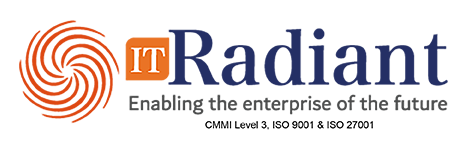Are you struggling with regulatory demands or facing risks from counterfeit drugs? Your pharma serialization strategy might be the weak link. In this guide, you’ll learn how to strengthen your pharmaceutical product serialization approach to secure your supply chain, ensure compliance, and protect your brand reputation.
What Is Pharmaceutical Serialization — And Why Does It Matter?
Pharmaceutical serialization is the process of assigning a unique identifier to each saleable unit of medication. This includes serial numbers, lot numbers, and expiry dates embedded in a barcode or 2D matrix code. These identifiers allow every product to be tracked throughout the supply chain.
The Growing Threat of Counterfeit Drugs
Fake drugs are a growing threat, costing billions in losses and putting lives at risk. With a proper serialization pharma system in place, every medicine can be verified at each touchpoint, preventing counterfeits from reaching patients.
Global Regulations Are Raising the Bar
Governments around the world are mandating serialization. In the U.S., the Drug Supply Chain Security Act (DSCSA) is in full effect. In the EU, the Falsified Medicines Directive (FMD) enforces similar standards. International guidelines like ISO 15459 are pushing global adoption. Failing to comply is no longer an option.
How Does Serialization Work in Pharma Manufacturing?
Serialization in pharma involves generating unique product codes and integrating them with enterprise systems for full visibility and reporting.
Key Technical Components:
Unique product identifiers encoded into scannable barcodes
Integration with ERP, WMS, and logistics systems
Track-and-trace software for real-time data capture
Meeting Compliance Requirements
Regulatory bodies require adherence to specific data formats, verification protocols, and secure reporting mechanisms. Serialization platforms must be able to adapt to evolving compliance landscapes.
Benefits of Serialization in the Pharmaceutical Industry
1. Enhanced Security and Patient Safety
Product serialization helps prevent counterfeiting and diversion. Every legitimate product can be authenticated, ensuring safety and quality for patients.
2. End-to-End Supply Chain Visibility
Pharmaceutical serialization allows companies to track every product in real time. This visibility reduces theft, errors, and inventory mismatches while improving logistics planning.
3. Faster, More Accurate Product Recalls
Recalls can be costly and damaging. With serialization, only affected units need to be recalled, saving time, money, and brand reputation.
What’s Next for Serialization in Pharma?
Blockchain and AI Are Game Changers
Blockchain ensures tamper-proof tracking, while AI enhances data analytics, demand forecasting, and risk management. These technologies are shaping the future of serialization pharmaceutical systems.
Direct-to-Consumer Authentication
Patients can now verify medications using mobile apps, simply by scanning a code. This boosts trust and provides educational content about the drug.
Common Mistakes to Avoid
Underestimating Regulatory Complexity
One-size-fits-all doesn’t work. Regional rules differ, and companies must tailor their systems to stay compliant across markets.
Treating Serialization as a Silo
Serialization shouldn’t operate separately from your supply chain. Integrate it with your existing digital infrastructure to unlock its full value.
Final Thoughts: Think Beyond Compliance
Serialisation pharma is not just a regulatory requirement—it’s a strategic opportunity. It protects patients, builds trust, and drives operational efficiency. Companies that embrace serialization in pharma as a long-term investment will lead the industry.
What’s Next?
Looking for an experienced partner to guide your serialization strategy?
Itradiant is a trusted provider of digital transformation and compliance solutions for the pharmaceutical industry. From pharmaceutical serialization implementation to supply chain visibility and tech integration, Itradiant delivers scalable, secure, and regulation-ready solutions.

